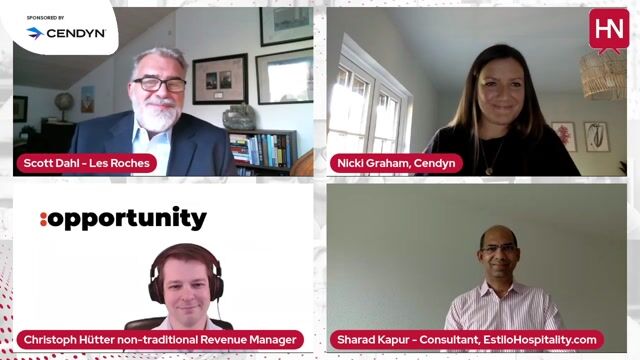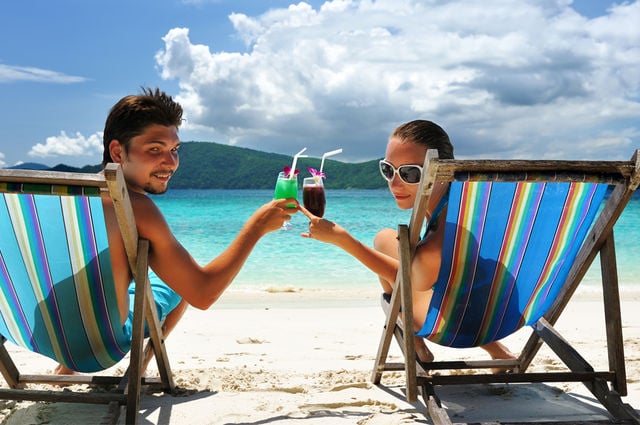How to manage revenue in a pent-up demand era?
20 experts shared their view
Considering the unprecedented global travel disruption and performance declines we've endured; hoteliers finally have something to look forward to. The world has spent the last 18 months dreaming about travel, but not actually going anywhere. Increasing vaccination rates combined with relaxed travel restrictions are bringing travel back… with a vengeance. Most agree that the worst is behind us.
But so far, this pent-up demand or "revenge" travel is different. Driven almost entirely by domestic leisure demand, the patterns have changed. Some premium locations are already exceeding 2019 pre-COVID levels, while hotels just a few blocks away are still struggling. Hotels that targeted the corporate, international, or group segments are reinventing themselves, with mixed success.
Considering the unique nature of the recovery, what should hoteliers do to optimize and manage COVID's pent-up demand?

This World Panel Viewpoint is sponsored by Cendyn™
More information
The new normal requires new approaches. Hoteliers that can adapt their business strategies will win the market share. The hotel demand is coming back, but what has changed, and how to maximize revenue in a post-pandemic world?
The booking window
The booking window became shorter, and hoteliers have less time to react to changes in demand. Some hotels encourage guests to book in advance by offering flexible rates. For many properties, the times of prepaid & non-refundable rates are gone. Other hotels adopted a semi-flexibility strategy when guests are paying deposits at the time of booking (cash flow is important) but have an option to change the date without losing a deposit. Revenue managers focus on forward-looking real-time demand data and have to adjust rates weekly and sometimes even daily. For many hotels, revenue management software became an essential tool as it monitors demand and adjusts rates in real-time.
Domestic demand
The domestic leisure market became the most important segment for many hotels. Revenue and marketing teams work together to create promotions and packages that target locals and drive markets. Many properties build new partnerships with local businesses that benefit hotel guests and serve as new creative revenue streams.
Increased competition
The lack of international travelers, leisure & corporate groups, and business travelers results in extremely high competition for domestic leisure guests. Hotels that win in this competition shift focus from price to value. They sell unique experiences rather than rooms. Experiences that incorporate health and wellbeing are especially in demand after the pandemic. Sustainable operation is another competitive advantage as more and more guests choose to support hotels that care about the environment.
Rates and staffing levels
Some hotels have already experienced "revenge" travel - especially the ones located near natural attractions. After a year of low business levels, the temptation is significant to make up for the loss by increasing the rates. After all, the high demand dictates high rates, right? A strategic approach requires two considerations - staffing levels and the actual value of a hotel product. The guests paying high rates will expect a certain level of service. Many hotels struggle to attract talent after the pandemic, and current low staffing levels negatively affect service. The hotels that charge more than their product should cost face a risk of losing guests to competitors. One or two weekends of high rates and low service quality probably will not have a severe negative impact. However, consistent negative reviews about service and overpriced hotel product may damage the hotel's reputation.

This World Panel Viewpoint is sponsored by Cendyn™
More information



